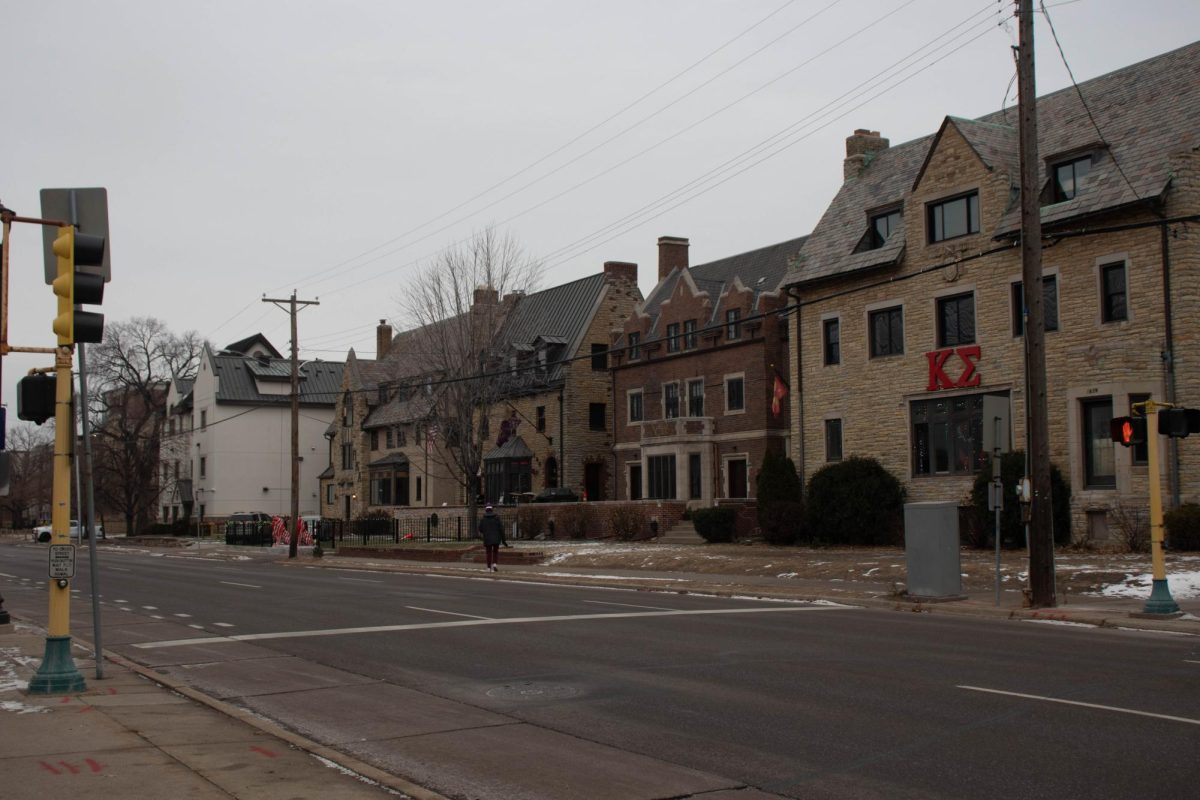Recent one-sided coverage of the “dedication” of the half-built Large Binocular Telescope on Mount Graham and the University’s involvement in that notorious project ignored important facts. The Large Binocular Telescope story is one of catastrophic, scientific-blundering, institutional arrogance, ecological destruction and human-rights violations.
First of all, the telescope (with two 8-meter mirrors) will not be the world’s largest nor most powerful telescope, as its collaborators proclaim. It already lags behind the much larger and more powerful four 8-meter mirrors of the European Southern Observatory and the two 10-meter mirrors of the Keck Observatory.
The telescope is likely to become nothing more than an astronomically expensive, cross-eyed white elephant. In a haste to acquire a private exemption from U.S. environmental protection laws in the final hours of the 1988 Congress, the would-be Mount Graham astronomers failed to complete their homework. Their own subsequent studies showed that their Mount Graham location was plagued by “unacceptable” or “unusable” astrophysical visibility and revealed that on a scale of one to eight – with “one” as worst visibility and “eight” as best – they pressured Congress for the worst.
A bigger scientific blunder, however, was in ignoring the 1983 and 1987 National Optical Astronomy Observatories and Association of Universities for Research in Astronomy studies that showed building telescopes on flat terrain would be disastrous. The flat, forested areas of Mount Graham were the best sites for endangered squirrels and the worst for telescopes. In 1987, the national observatories and the astronomy research association abandoned their plans to build a telescope there because their studies also revealed the site’s poor visibility and heavy cloud cover. The University has been a member of the national observatories and the astronomy research association since 1995, but it disregarded the organizations’ long-standing, sound scientific proof.
In 2002, the Max Planck Institute for Radioastronomy quit its radio telescope on Mount Graham. In an interview of Max Planck administrator Rolf Schwarz by an editor of Stern Magazine, it was reported:
“Dr. Schwarz said that his institute was ‘not very satisfied’ with the observation qualities of the Mount Graham location. ‘We were handicapped because the weather is not first-class Ö We would like to cooperate in projects with more efficient telescopes.’ “
Most importantly, Mount Graham is a historical, Apache traditional cultural property and sacred site, known to the Apaches since time immemorial as “Dzil Nchaa Si An.” There have been numerous objections and resolutions by Apache religious leaders and tribal governments in opposition to the observatory – years before the telescope began construction. There have also been four resolutions by the National Congress of American Indians over the years – including one in 2001 that implored the University not to join the telescope project. A 1998 report of the U.N. High Commission on Human Rights cited the observatory as one of the most egregious cases of religious intolerance against American Indians today.
In December, members of the White Mountain Apache Tribal Council passed a resolution calling for the cessation of the observatory and its interference with their religious lives. In April, the San Carlos Tribal Council soundly rejected the University-supported “Tri-University Partnership” offer of $120,000 worth of scholarships, programs and summer jobs at the observatory as “bribes” for the Apaches to give up their religion. The University’s brazen act shamefully recalls a similar time, once upon another desert mountaintop when earthly riches were offered in exchange for another’s religious faith.
In May, the University Faculty Senate’s Social Concerns Committee overwhelmingly passed a resolution calling for the University to divest of its entanglement in the Mount Graham observatory. All members of good conscience in the greater University community should call on the University to divest from the Mount Graham observatory.
Michael Nixon is a member of the Mount Graham Coalition. Please send comments to [email protected].







